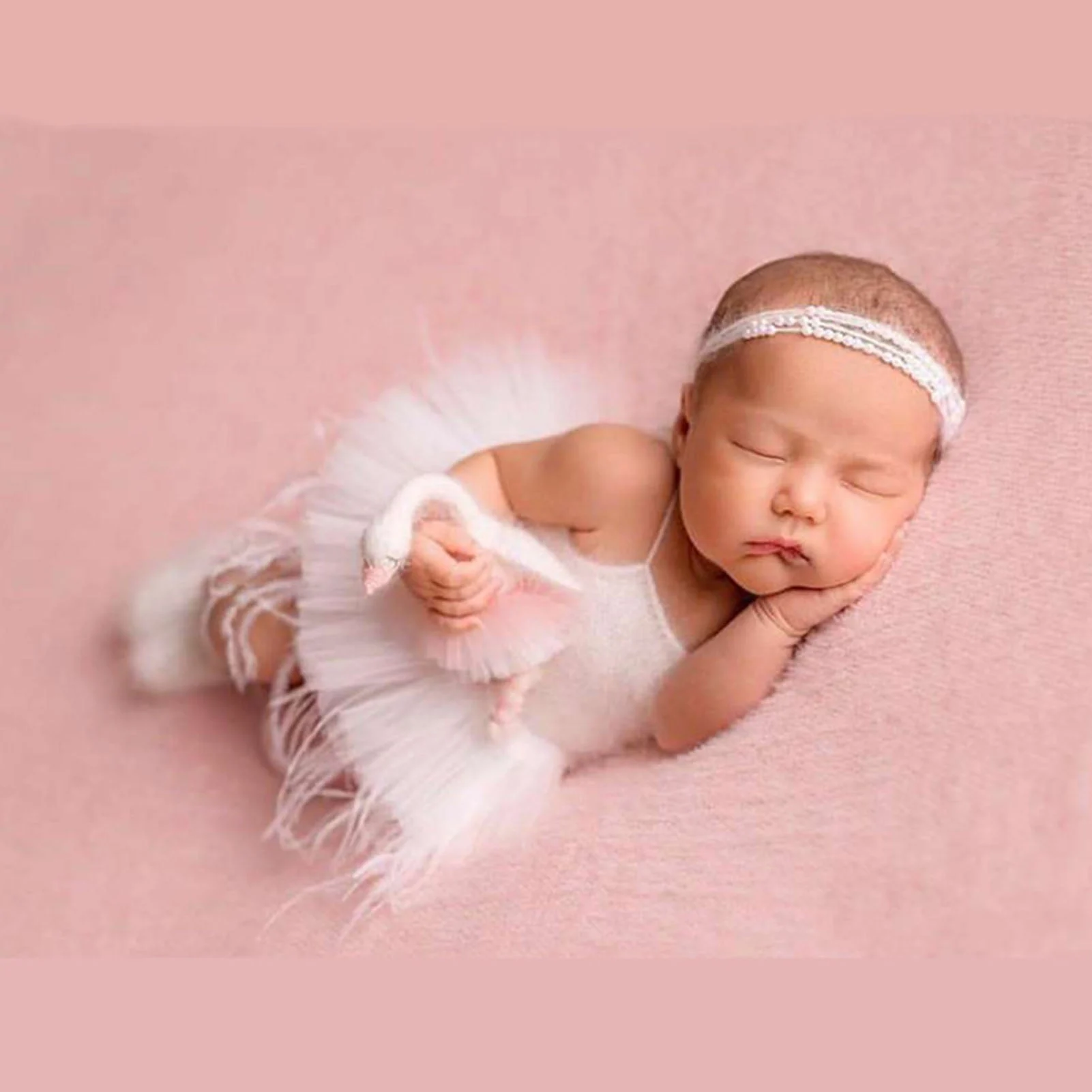I vividly recall the first time I stumbled upon a photo of a stillborn baby while browsing a parenting forum. It was in a group for moms expecting in April 2007, and at the time, I was excitedly awaiting the arrival of my first child. The image sent chills down my spine. I couldn’t fathom why someone would choose to display such an intimate and heartbreaking moment as their profile picture in a place meant for joyous anticipation.
Fast forward to December 2011, and my world shifted dramatically when I delivered identical twin daughters at just thirty weeks. They were affected by a condition known as Twin to Twin Transfusion Syndrome (TTTS), and heartbreakingly, one of my precious girls passed away just two days later. In my grief, I found myself sharing a photo of my daughter dressed in white, taken shortly after she left us. I even printed it, framed it, and placed it in my living room for everyone to see.
In that moment, everything changed. I became part of a heart-wrenching community of grieving mothers. Those once-disturbing images transformed into symbols of beauty and love. I now understood why a mother would choose to showcase her stillborn baby as her profile picture; it was a way to hold onto the fleeting moments they had with their child. Those photographs encapsulated the only memories we would ever have—there would be no first birthdays, school days, or graduations, just the bittersweet memories of meeting and then saying goodbye.
I recognize that this topic can make people uncomfortable. Death is a heavy subject; it’s challenging to navigate what to say or do. Seeing a picture of a baby who is no longer in this world confronts our deepest fears as parents. But it’s essential to remember that these images are not about you or your reactions. They represent a grieving parent’s struggle to keep their child’s memory alive and to remind the world of their existence.
We, the grieving mothers, share a profound bond through our sorrow. It’s a unique experience that only those who have walked this path can fully comprehend. Yet, many of us are committed to alleviating the pain for parents who find themselves in this “club” that none of us wanted to join.
About six months after my loss, I began to write and share my experiences online. This journey led me to connect with other grieving parents, opening a door to a world filled with stories of loss, survival, and resilience. One common thread that unites us, regardless of whether our loss came early or late in pregnancy, is the unwavering love we hold for our children—those we mother in our hearts if not in our arms. The act of sharing photos is a testament to that love.
To all the grieving mothers out there: you will always be your child’s mother. And to those fortunate enough to have their children with them, the next time you come across a mother sharing a picture of her stillborn baby, try to approach it with compassion rather than discomfort. Remember, for her, that image represents everything she has left.
This piece was originally published on April 9, 2014. If you’re interested in exploring more about the journey of parenthood and conception, check out our detailed resource on home insemination at this link. For those looking for expert advice on artificial insemination, Make a Mom offers valuable insights, and for fertility treatments, UCSF’s IVF resource is an excellent place to start.
In summary, snapshots of a lost child are not just images; they encapsulate love, loss, and the enduring bond between a mother and her child. They remind us that every life, no matter how short, leaves an indelible mark on our hearts.
